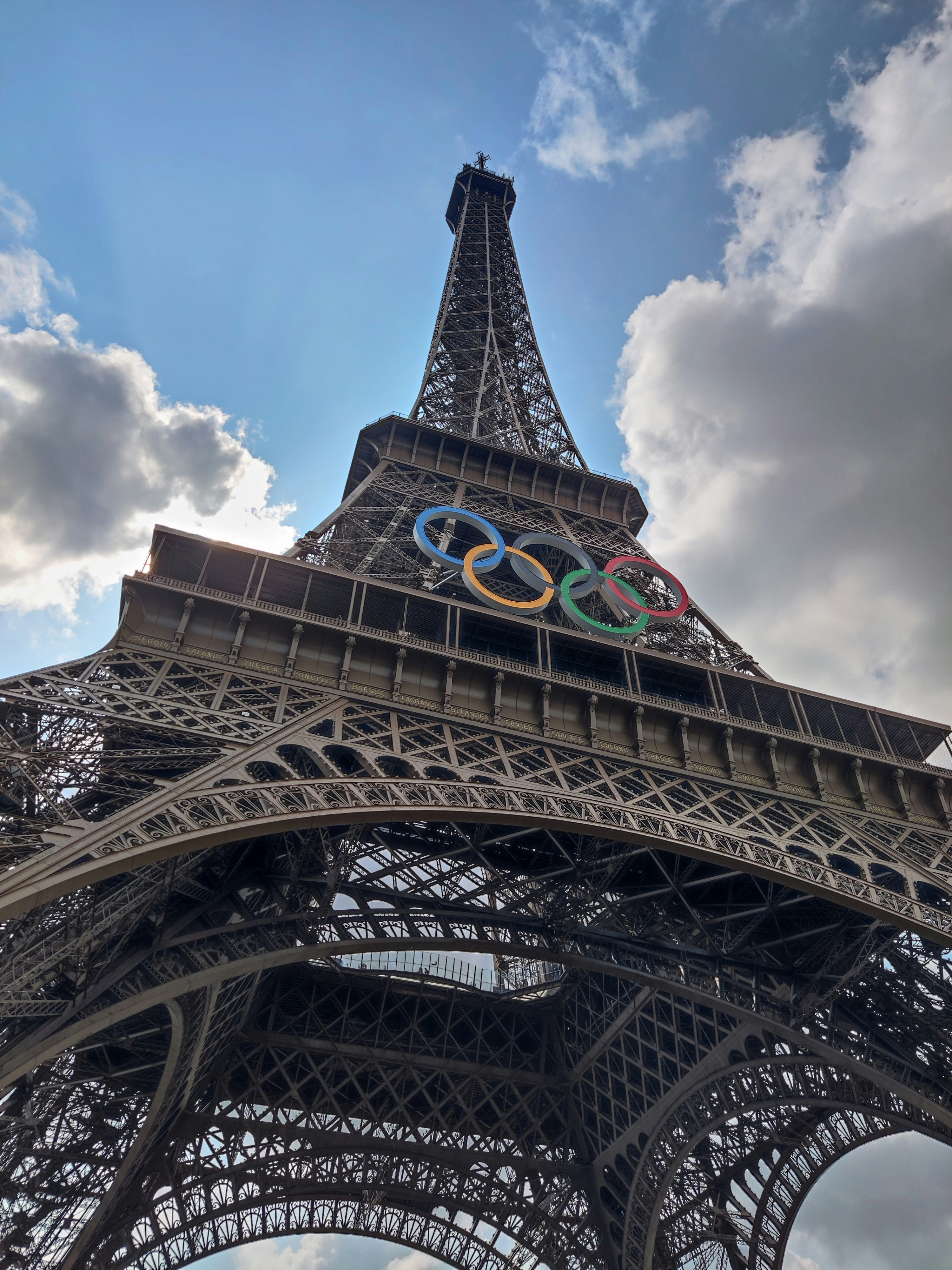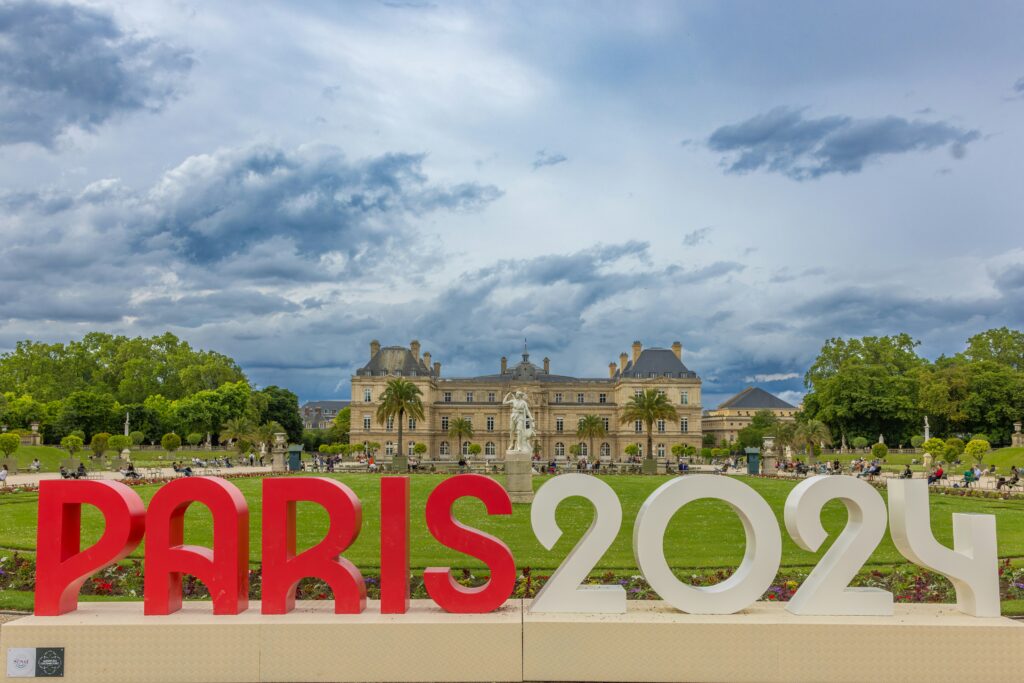By Sajjad Ataei and Jorge A. Olvera
The Olympic Games are a global competition that attracts millions of viewers who primarily tune in to watch athletes’ performances worldwide on television. At IP Consultores, we recognize that Intellectual Property Rights play a significant role in the entertainment industry, so we dedicate this post to discussing the Olympic Games. The Olympic Games are an important ally within the global sports industry for enhancing, promoting, and fostering Intellectual Property Rights. In this post, we will first provide some historical context about the Games and then explain the protection of Olympic symbols under the Nairobi Treaty.

The Olympic Games in History
According to Kalliopi Sakavisti, evidence of the origins of the Olympic Games dates back to 776 BCE, when the Greeks began to measure the intervals of time between each edition of the Games. The Olympic Games, held every four years in honor of Zeus, also included the Pythian or Delphic Games, which featured activities such as music, singing, poetry, and theater. In 393 CE, the Roman Emperor Theodosius I banned the Games, as they were believed to promote and sustain pagan traditions. However, from June 16 to 23, 1894, Baron Pierre de Coubertin [1863-1937] organized the first Olympic Congress in Paris, France, leading to the revival of the Olympic Games.1
On June 23, 1894, de Coubertin and Demetrios Vikelas [1835-1908], a Greek businessman, founded the International Olympic Committee, which is now based in Lausanne, Switzerland. Two years later, in 1896, the modern edition of the Games took place in Athens, the city where the competition originated in antiquity. Four years later, in 1900, continuing the ancient tradition of holding the Games every four years, the Olympic Games were organized in Paris, France. This edition of the Games saw women compete for the first time, with British tennis player Charlotte Cooper [1870-1966] becoming the first female champion.2
The history of the Olympic Games requires a broad explanation, but here are some notable facts from the early editions of the competition. During the 1904 Games held in St. Louis, Missouri, the traditional gold, silver, and bronze medals were first awarded to the first, second, and third-place finishers in each event. The first edition of the Games in which athletes from all five continents competed was held in Stockholm in 1912. However, the 1916 Games were canceled due to World War I. Additionally, from 1912 to 1948, the Modern Olympic Games revived the ancient tradition of including artistic competitions for sport-related artworks in architecture, literature, music, painting, and sculpture.3

The Nairobi Treaty of 1981
The initial step in protecting major event sponsors involves safeguarding the logos, symbols, and words most closely associated with the event. In some countries, this protection has been in place for many years, at least concerning the Olympics. The Nairobi Treaty of 1981 was adopted to protect the Olympic symbol—the five interlaced rings—against unauthorized commercial use.4
Moreover, the Olympic Charter defines the Olympic properties, which are the exclusive domain of the International Olympic Committee (IOC). The IOC has the authority to license these properties for profit-making, commercial, and advertising purposes. Olympic properties include the Olympic symbol, flag, motto, anthem, terms such as “Olympic” or “Olympic Games,” and various creative works associated with the Olympic Games.5

This international treaty specifically addresses the protection of the Olympic symbol. Under the Treaty, contracting parties must 1) refuse or invalidate the registration of trademarks containing the Olympic symbol; and 2) prohibit using the Olympic symbol for commercial purposes without IOC authorization. There are exceptions to this rule, including prior lawful use of the symbol and use by the mass media for informational purposes.6
Legal Remedies and Other Considerations
Countries must implement appropriate legal measures to enable the IOC to enforce its rights to the Olympic symbol and prevent unauthorized exploitation.7 Furthermore, if the IOC authorizes the use of the Olympic symbol in a state party to the Treaty, the National Olympic Committee of that state is entitled to a share of any revenue generated from such use.8 Nevertheless, the Treaty does not establish a governing body or budget. It is open to any state member of WIPO, the Paris Convention for the Protection of Industrial Property, the United Nations, or any related specialized agencies. Instruments of ratification, acceptance, approval, or accession must be deposited with the Director General of WIPO.9

Conclusions
The Nairobi treaty provides a framework for protecting the Olympic symbol, ensuring that it remains under the exclusive control of the International Olympic Committee. By mandating that member states refuse or invalidate trademarks incorporating the Olympic symbol and prohibiting its unauthorized commercial use, the Treaty helps safeguard the Olympics. Exceptions for prior lawful use and media purposes strike a balance between protection and practical considerations.
Additionally, the revenue-sharing mechanism ensures that National Olympic Committees benefit from authorized commercial use within their territories. Despite the Treaty’s lack of a governing body, its open membership to states affiliated with the United Nations underscores its global significance. However, the debate continues to protect other Olympic properties, which are key differentiation elements and attractive revenue sources for those seeking to exploit them, particularly in developing nations.
- cfr., Sakavasti, Kalliopi, The History of the Olympic Games, Paris, 2024, 11 January 2024 (https://cutt.ly/UelMUjsy web page consulted on July 30, 2024). ↩︎
- ibid. ↩︎
- ibid. ↩︎
- cfr., Johnson, Phillip, Intellectual Property and Sport, London, University of London Press, 2009, pp. 13-14. ↩︎
- Olympic Properties, (https://cutt.ly/Pex24Yvk web page consulted on July 2024). ↩︎
- Johnson, Phillip, op. cit., note 4. ↩︎
- Law Hub, General Introductions to IP Rights. Protecting the Olympic Symbol Globally: The Nairobi Treaty´s Role, (https://cutt.ly/Zex242dr web page consulted on July 2024). ↩︎
- WIPO, Summary of the Nairobi Treaty on the Protection of the Olympic Symbol, (https://cutt.ly/hex27R9Y web page consulted on July 2024). ↩︎
- ibid. ↩︎
0 comentarios